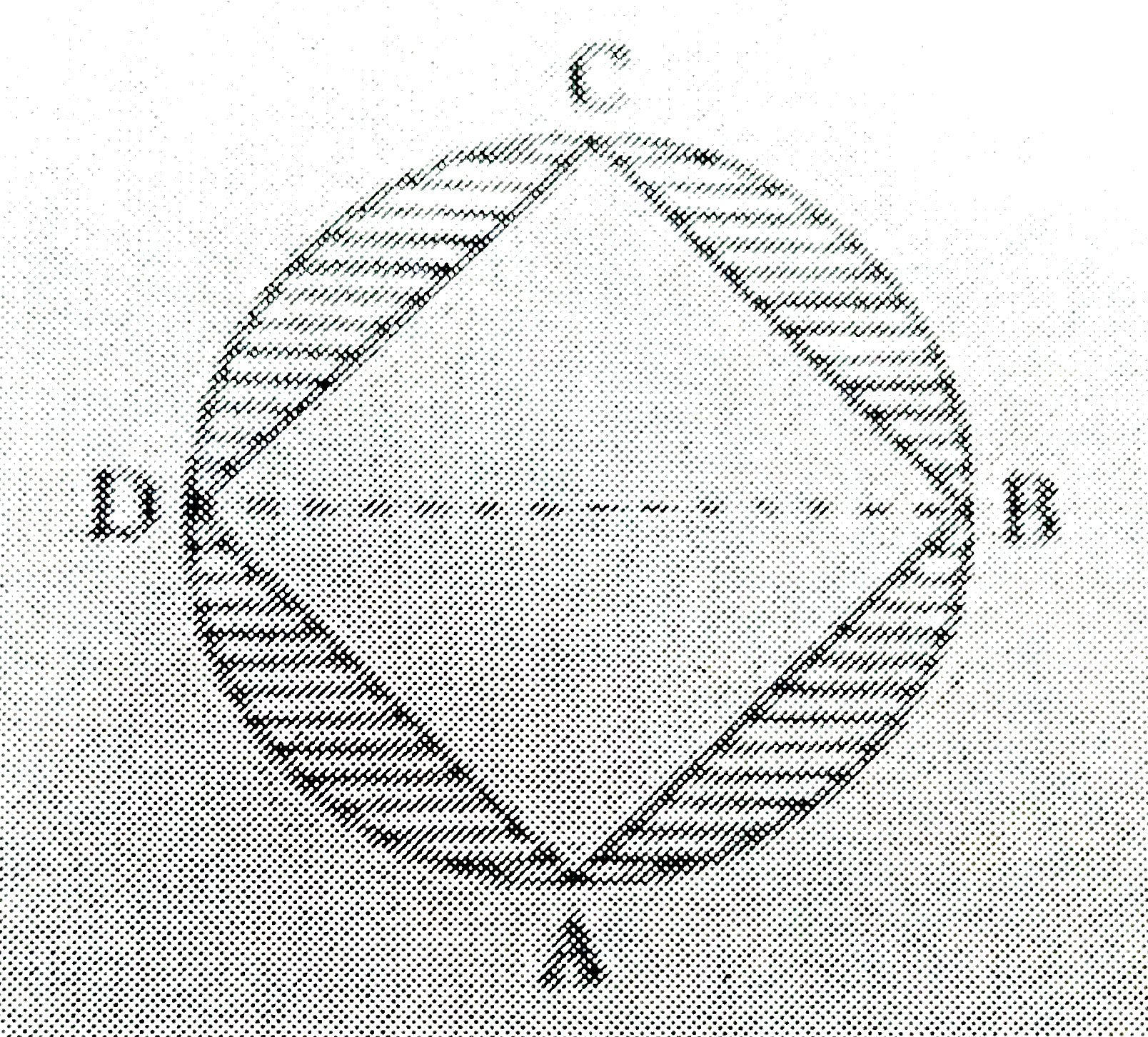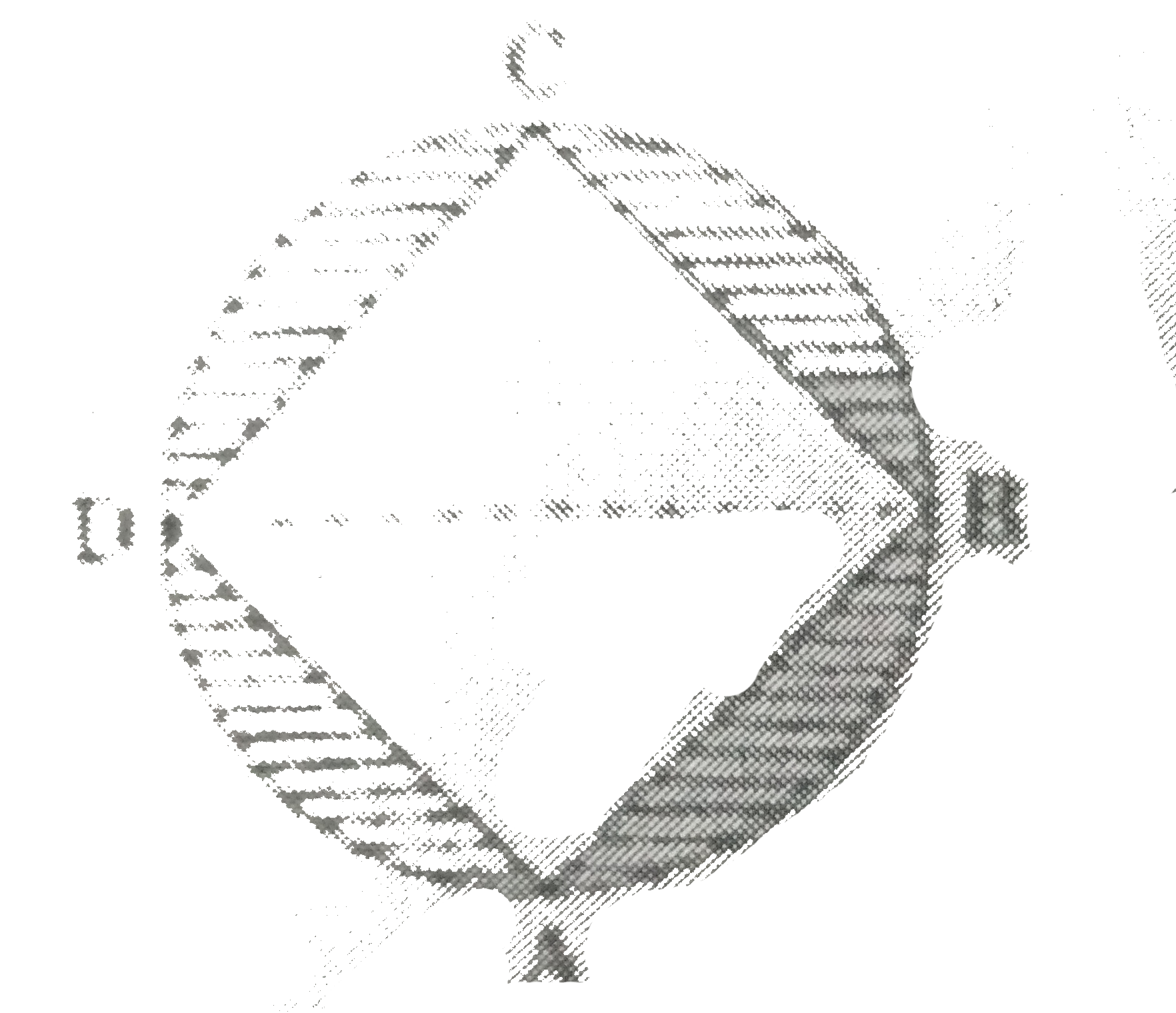In figure ΔABC is circumscribing a circle. Find the length of BC
To find the length of segment BC in triangle ABC that circumscribes a circle, we can follow these steps:
1. Identify the Tangents:
From the properties of tangents, we know that the tangents drawn from the same external point to a circle are equal in length. Let's denote the points where the tangents touch the circle as follows:
- Let AR and AQ be the tangents from point A.
- Let BR and BP be the tangents from point B.
- Let CQ and CP be the tangents from point C.
2. Write Down the Given Lengths:
- We are given that AR=4 cm.
- We are given that BR=3 cm.
- The length of segment AC is given as AC=11 cm.
3. Use the Tangent Property:
- Since AR=AQ, we have AQ=4 cm.
- Since BR=BP, we have BP=3 cm.
- For point C, we can find CQ using the formula:
CQ=AC−AQ=11cm−4cm=7cm
- Since CQ=CP, we have CP=7 cm.
4. Calculate the Length of BC:
- Now, we can find the length of segment BC using the lengths of BP and PC:
BC=BP+PC=3cm+7cm=10cm
5. Conclusion:
- Therefore, the length of segment BC is 10 cm.
Final Answer:
The length of BC is 10 cm.
---
From the properties of tangents, we know that the tangents drawn from the same external point to a circle are equal in length. Let's denote the points where the tangents touch the circle as follows:
- Let AR and AQ be the tangents from point A.
- Let BR and BP be the tangents from point B.
- Let CQ and CP be the tangents from point C.
- We are given that AR=4 cm.
- We are given that BR=3 cm.
- The length of segment AC is given as AC=11 cm.
- Since AR=AQ, we have AQ=4 cm.
- Since BR=BP, we have BP=3 cm.
- For point C, we can find CQ using the formula:
CQ=AC−AQ=11cm−4cm=7cm
- Since CQ=CP, we have CP=7 cm.
- Now, we can find the length of segment BC using the lengths of BP and PC:
BC=BP+PC=3cm+7cm=10cm
- Therefore, the length of segment BC is 10 cm.
The length of BC is 10 cm.
Topper's Solved these Questions
Similar Questions
In the given figure, triangle ABC is circumscribing a circle. Find the length of BC, if AF=3 cm, FB=4 cm and AC= 9 cm
View SolutionIn the given figure △ABC is circumscribing a circle. Find the length of BC. Given AR=4cm, RB=3cm and AC=11cm.

View SolutionIn the given figure, O is the centre of the circle and the length of arc AB is twice the length of arc BC.
if ∠AOB=100∘ find ∠BOC
View SolutionIn Figure ABCD is a square with side 7 cm. A circle is drawn circumscribing the square . Find the area of the shaded region .

View SolutionIn Figure - 5, ABCD is a square with side 7 cm A circle is drawn circumscribing the square. Find the area of the shaded region.

View SolutionIn Figure-5, ABCD is a square with side 7 cm. A circle in drawn [circumscribing the square. Find the area of the shaded region.
View SolutionGiven that the area of a polygon of n sides circumscribed about a circle is to the area of the circumscribed polygon of 2n sides as 3:2 find n.
View SolutionIn the given figure, a triangle ABC is drawn to circumscribe a circle of radius 3 cm such that the segments BD and DC are of lengths 6 cm and 9 cm respectively. If the area of △ABC=54cm2, then find the lengths of sides AB and AC. ltBRgt

View SolutionIn Figure, triangle ABC is drawn to circumscribe a circle of radius 4cm such that the segments BDandDC are of lengths 8cm and 6cm respectively. Find the lengths of sides ABandAC, when area of ABC is 84cm2.
View SolutionIn Fig.2, a quadrilateral ABCD is drawn to circumscribe a circle, with centre O, in such a way that the sides AB, BC, CD and DA touch the circle at the points P, Q, R and S respectively. Prove that AB + CD = BC + DA.
View Solution
